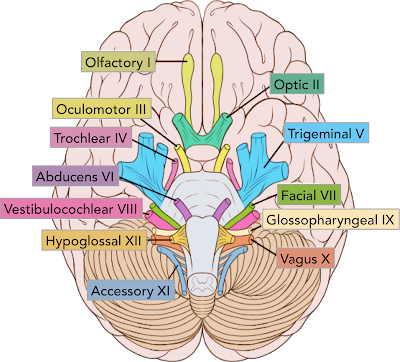Finding Out How Ancient Viral DNA In Our Genome Affect Us
If a retrovirus (any of a group of RNA viruses which insert a DNA copy of their genome into the host cell in order to replicate) infects a sperm or egg, the viral DNA can be passed on to generation after generation. Once retroviruses become inherited, scientists refer to them as endogenous retroviruses. Endogenous retroviruses (ERVs) are a viral element in the human genome. They make up 5-8% of the human genome (roughly 100,000 pieces of viral DNA). ERVs eventually lose the ability to infect new cells, but can still form copies of their DNA which can be inserted into a cell's genome.
Viruses replicate by using their attachment proteins to fuse with host cells, inserting their genetic material into the host and using the host's machinery e.g. ribosomes to form copies. Over time, thousands of DNA sequences, called transposons have been left behind in many lifeforms e.g. humans and mice. These transposons have a role in the action of genes.
A recent study by NYU School of Medicine has led to the successful development of new techniques to determine how the viral DNA affect human genes. The study devised a method whereby the location and influence of the viral DNA can be captured, identifying which genes are controlled by active transposons.
Genes, surprisingly, only make up about 2% of our DNA - most of the complexity and variation seen in humans come from non-coding DNA which control if a gene is expressed or not. Much of the non-coding DNA contains insertions of viral DNA.
To understand how transposons influence human genes - first I must explain "enhancers." - enhancers are a short region of DNA that controls genes and increases the likelihood that transcription of a particular gene will occur. Even if the enhancer is in a completely different position on a DNA chain to the gene it is controlling, it can rotate in space to form a loop and still interact with the gene. To exert influence, the enhancer must make direct physical contact with the gene, which it can do. The way the enhancers can loop is thought to be seen with transposons also.
Transposons can also control genes by this same method of looping, no matter the proximity. To find out exactly which transposons interact with which genes, a variable method of chromosome conformation capture was used (which analyzes the spatial organization of chromatin in a cell), collectively known as 4TRAN.
A technique derived from 4TRAN was 4TRAN-PCR, which found all interactions of one specific transposon family.
Another technique was named "Capture 4TRAN" was capable of determining the influence of any transposon on a specific gene or genes.
"A studyhowed that a few of the 7,200 copies of repetitive DNA left behind by the viral MER41 family, which infected our primate ancestors 60 million years ago, now serve as enhancers that turn on immune system genes via long-range DNA contacts by looping. Ironically the target genes in this case act to combat, of all things, viruses."
---------------------------------------------------------------------------------------------------------
https://www.biorxiv.org/content/early/2018/04/06/295329
https://www.nytimes.com/2017/10/04/science/ancient-viruses-dna-genome.html
https://en.wikipedia.org/wiki/Enhancer_(genetics)
https://en.wikipedia.org/wiki/Chromosome_conformation_capture
https://www.sciencedaily.com/releases/2018/12/181213101329.htm




Comments
Post a Comment